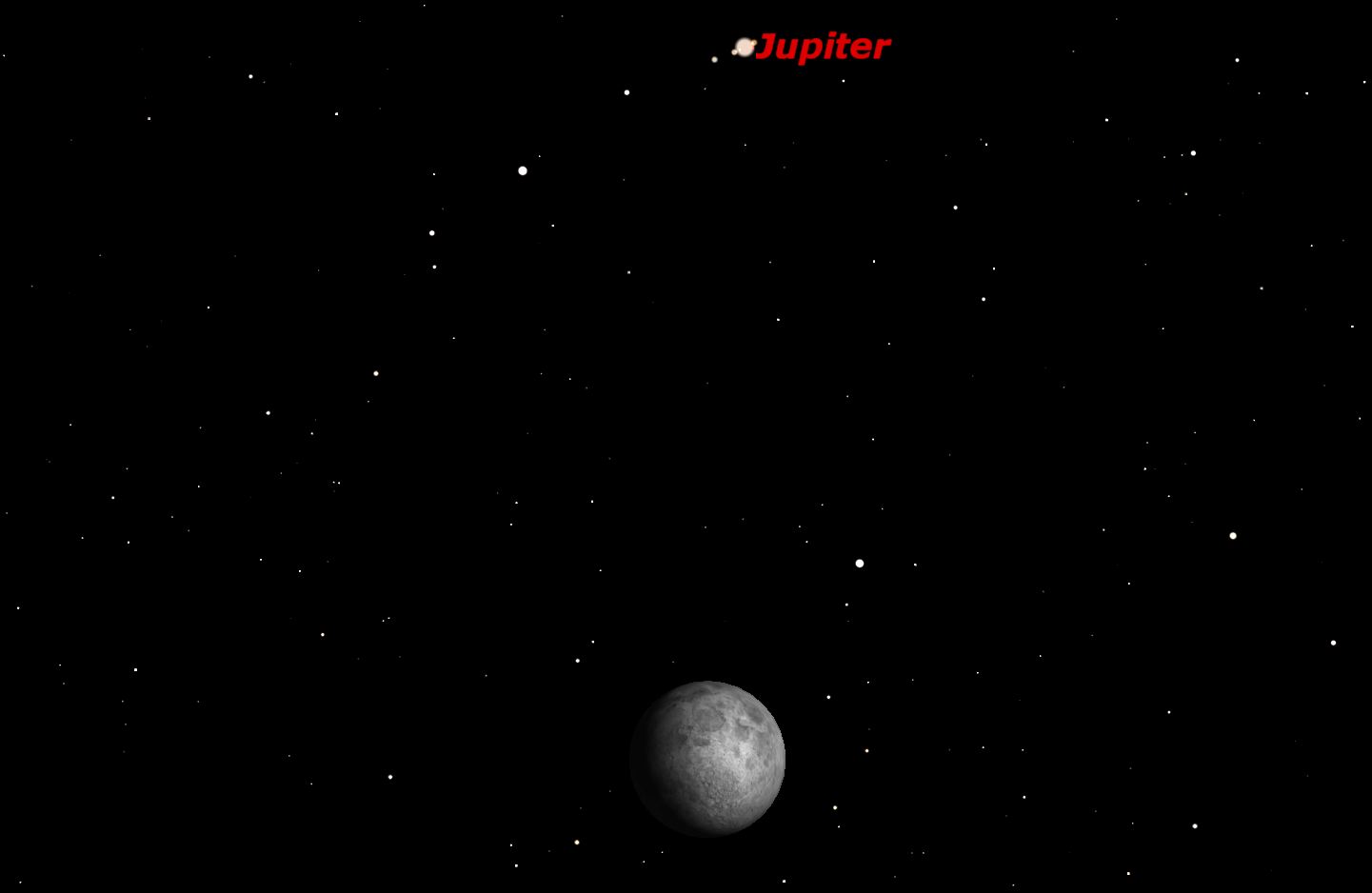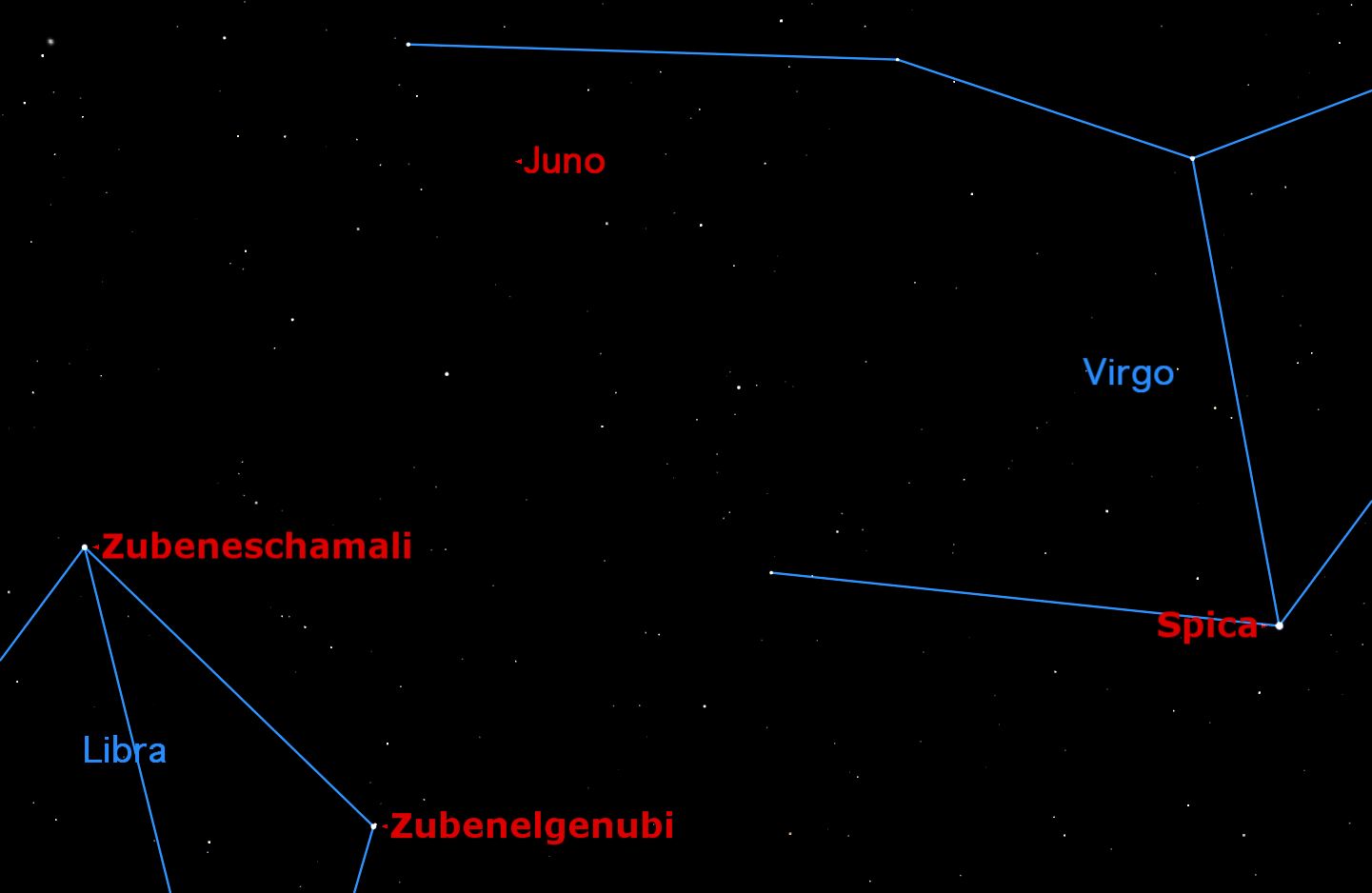<div data-cycle-pager-template=” ” readability=”33.996975806452″>
” readability=”33.996975806452″>
New Moon, April 2016
See what’s up in the night sky for April 2016, including stargazing events and the moon’s phases, in this Space.com gallery courtesy of Starry Night Software. HERE: Thursday, April 7, 7:24 a.m. EDT. The moon is not visible on the date of New Moon because it is too close to the Sun, but can be seen low in the east as a narrow crescent a morning or two before, just before sunrise. It is visible low in the west an evening or two after New Moon.
<div data-cycle-pager-template=” ” readability=”29.0875″>
” readability=”29.0875″>
First Quarter Moon, April 2016
Wednesday, April 13, 11:59 p.m. EDT. The First Quarter Moon rises around 11:45 a.m. and sets around 2:45 a.m. It dominates the evening sky.
<div data-cycle-pager-template=” ” readability=”34.081218274112″>
” readability=”34.081218274112″>
Full Moon, April 2016
Friday, April 22, 1:24 a.m. EDT. The April Full Moon is known as the Seed Moon, Pink Moon, Sprouting Grass Moon, Egg Moon, or Fish Moon. It rises around sunset and sets around sunrise; this is the only night in the month when the moon is in the sky all night long. The rest of the month, the moon spends at least some time in the daytime sky.
<div data-cycle-pager-template=” ” readability=”29.493392070485″>
” readability=”29.493392070485″>
Last Quarter Moon, April 2016
Friday, April 29, 11:29 p.m. EDT. The Last Quarter Moon rises around 2:30 a.m. and sets around 1:15 p.m. It is most easily seen just after sunrise in the southern sky.
<div data-cycle-pager-template=” ” readability=”28.023668639053″>
” readability=”28.023668639053″>
Double shadow transit on Jupiter, April 2016
Tuesday, April 5, 5:37–6:19 a.m. EDT. Shadows of Io and Europa cross Jupiter simultaneously.
<div data-cycle-pager-template=” ” readability=”28.093023255814″>
” readability=”28.093023255814″>
Aldebaran 0.3 degrees south of moon, April 2016
Tuesday, April 5, 5:37–6:19 a.m. EDT. Shadows of Io and Europa cross Jupiter simultaneously.
<div data-cycle-pager-template=” ” readability=”27.8″>
” readability=”27.8″>
Jupiter 2 degrees north of moon, April 2016
Monday, April 18, 1 a.m. EDT. The waxing gibbous moon will pass just south of Jupiter.
<div data-cycle-pager-template=” ” readability=”27.90243902439″>
” readability=”27.90243902439″>
Mercury at greatest elongation east, April 2016
Monday, April 18, 1 a.m. EDT. The waxing gibbous moon will pass just south of Jupiter.
<div data-cycle-pager-template=” ” readability=”29.25″>
” readability=”29.25″>
Moon, Saturn, Mars, and Antares in group, April 2016
Monday, April 25, past midnight. These four bright objects will rise as a group in the east just after midnight on April 24/25.
<div data-cycle-pager-template=” ” readability=”30.20564516129″>
” readability=”30.20564516129″>
Juno at opposition, April 2016
Tuesday, April 26, 11:00 p.m. EDT. The asteroid Juno is exactly opposite the sun in the sky, and is visible all night. It is magnitude 10.0 in the eastern part of the constellation Virgo.
<div data-cycle-pager-template=” ” readability=”28.181818181818″>
” readability=”28.181818181818″>
Mercury, April 2016
Mercury is well placed all month in the evening sky, the best apparition of the year for observers in the Northern Hemisphere.
<div data-cycle-pager-template=” ” readability=”25.9875″>
” readability=”25.9875″>
Venus, April 2016
Venus is moving behind the sun, and will be hard to spot before sunrise.
<div data-cycle-pager-template=” ” readability=”31.762962962963″>
” readability=”31.762962962963″>
Mars, April 2016
Mars rises around midnight, moving from Scorpius to Ophiuchus on the 3rd. It reverses direction on the 16th and moves back into Scorpius on the 30th. Its disk grows from 12 to 16 arc seconds during the month, as it moves towards opposition on May 22. Observers with good telescopes should be able to see some of the dark markings on Mars’ surface this month.
<div data-cycle-pager-template=” ” readability=”27.459459459459″>
” readability=”27.459459459459″>
Jupiter, April 2016
Jupiter was at opposition on March 8, so is still visible most of the night, setting around 5 a.m.
<div data-cycle-pager-template=” ” readability=”28.926701570681″>
” readability=”28.926701570681″>
Saturn, April 2016
Saturn is well placed in Ophiuchus, rising around midnight. Its rings are now spread widely, making it a beautiful sight in a small telescope.
<div data-cycle-pager-template=” ” readability=”24.858490566038″>
” readability=”24.858490566038″>
Uranus, April 2016
Uranus is too close to the sun to be observed this month.
<div data-cycle-pager-template=” ” readability=”24.617647058824″>
” readability=”24.617647058824″>
Neptune, April 2016
Neptune is also too close to the sun to be observed.
 ” readability=”33.996975806452″>
” readability=”33.996975806452″>
 ” readability=”29.0875″>
” readability=”29.0875″> ” readability=”34.081218274112″>
” readability=”34.081218274112″> ” readability=”29.493392070485″>
” readability=”29.493392070485″> ” readability=”28.023668639053″>
” readability=”28.023668639053″> ” readability=”28.093023255814″>
” readability=”28.093023255814″> ” readability=”27.8″>
” readability=”27.8″> ” readability=”27.90243902439″>
” readability=”27.90243902439″> ” readability=”29.25″>
” readability=”29.25″> ” readability=”30.20564516129″>
” readability=”30.20564516129″> ” readability=”28.181818181818″>
” readability=”28.181818181818″> ” readability=”25.9875″>
” readability=”25.9875″> ” readability=”31.762962962963″>
” readability=”31.762962962963″> ” readability=”27.459459459459″>
” readability=”27.459459459459″> ” readability=”28.926701570681″>
” readability=”28.926701570681″> ” readability=”24.858490566038″>
” readability=”24.858490566038″> ” readability=”24.617647058824″>
” readability=”24.617647058824″>
















Comments are closed.